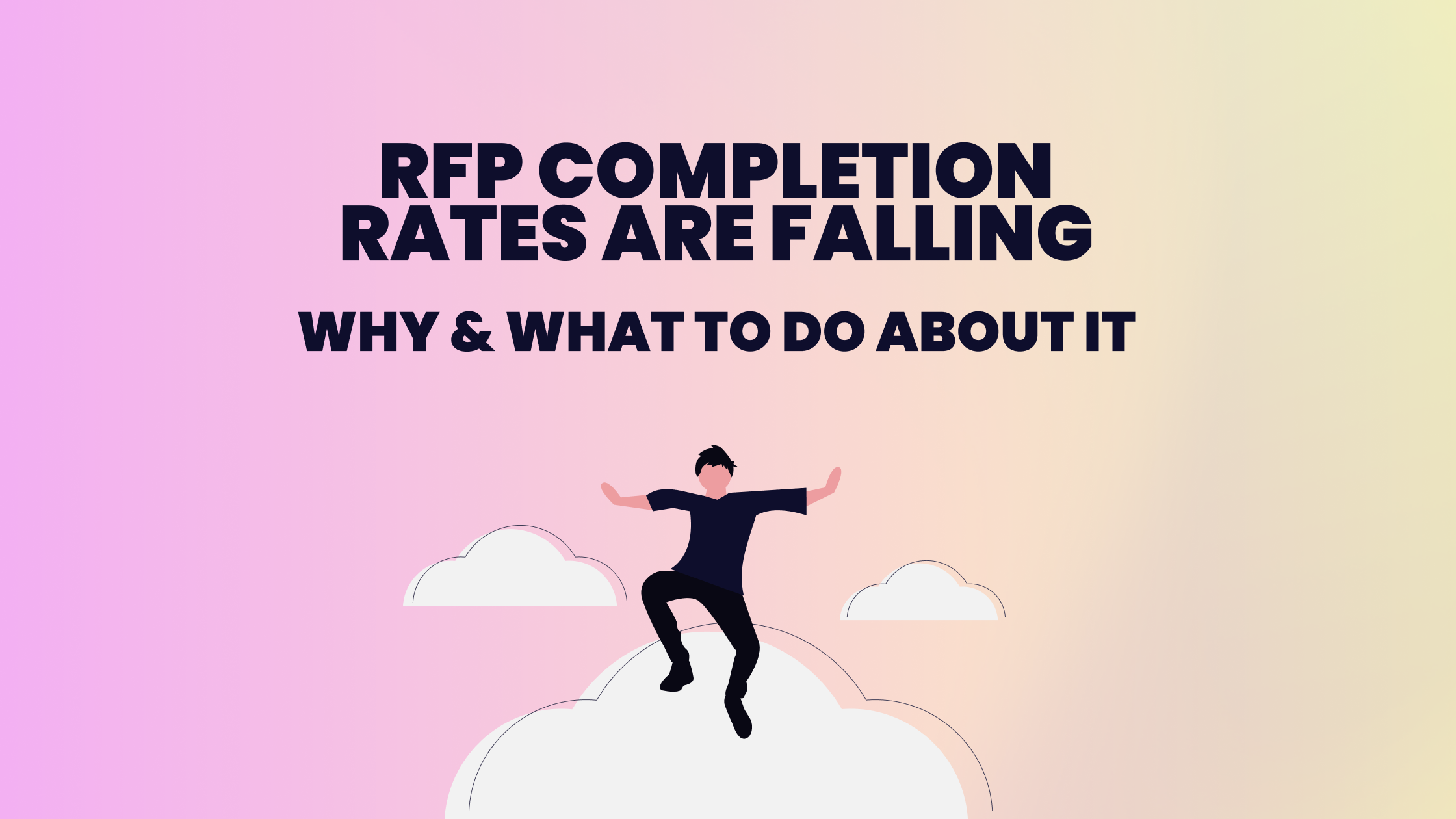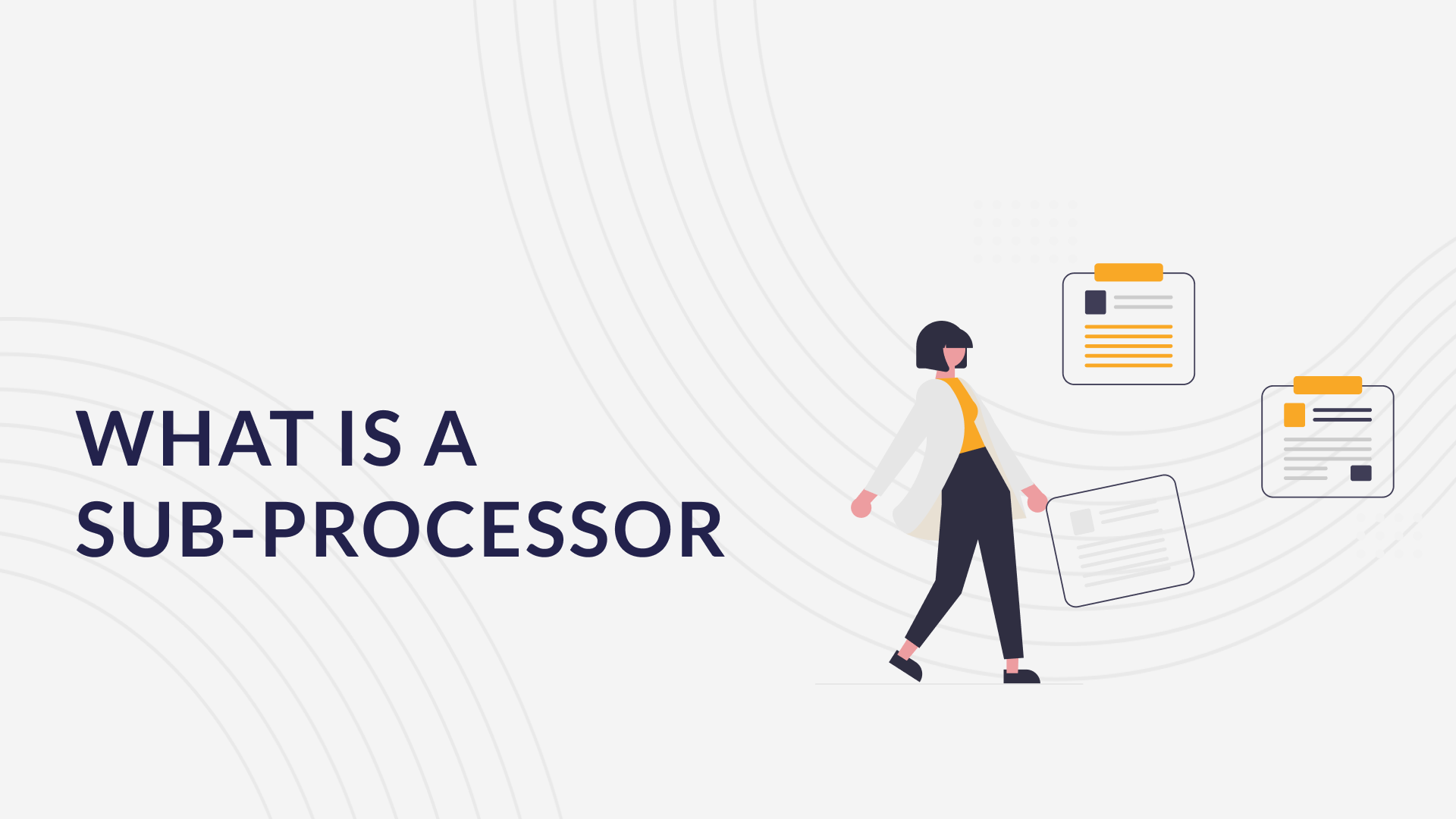The SIG Security Questionnaire is a standardized framework used by thousands of organizations to evaluate cybersecurity, privacy, and operational risks across their third-party vendors. Whether you're responding to a SIG or issuing one as part of your risk management process, understanding its structure and purpose is critical to reducing friction, improving trust, and aligning with modern compliance requirements.
Who is this for?
If you're part of a security, compliance, procurement, or sales team, and have been asked to complete or assess a SIG Security Questionnaire, this guide is for you.
Whether you're working at a B2B SaaS company preparing for enterprise sales, a financial services firm assessing supplier risks, or a healthcare organization managing sensitive data, this article will help you understand how SIG works, why it matters, and how to streamline your SIG-related workflows.
What is a SIG Questionnaire and Why It Matters
Origins of the SIG by Shared Assessments
The SIG (Standardized Information Gathering) Questionnaire was developed by Shared Assessments, a member-driven organization created to streamline and standardize the way organizations assess third-party risk. Before the SIG, most companies relied on custom questionnaires, leading to inefficiencies, inconsistent evaluations, and long turnaround times. Shared Assessments designed the SIG to provide a common language and framework for risk evaluation.
Purpose in Third-Party Risk Management
At its core, the SIG is a due diligence tool. It helps organizations assess the risk posture of their vendors by asking structured, evidence-based questions across multiple risk domains. It’s particularly useful in industries with heightened regulatory obligations (like finance, healthcare, and SaaS) where validating vendor controls is critical to maintaining compliance and security.
How SIG Differs from Other Security Questionnaires
What sets the SIG apart is its depth, adaptability, and alignment with major compliance frameworks. It’s updated annually to reflect emerging threats, modular in design so you can tailor it to your needs, and widely accepted across industries. Unlike custom or outdated templates, SIG responses can be reused and mapped across multiple compliance initiatives, making it easier for vendors to meet buyer requirements.
Types of SIG Questionnaires and Customization Options
SIG Core vs SIG Lite: Depth vs Efficiency
The SIG is offered in two formats: SIG Core and SIG Lite.
- SIG Lite is a shorter, high-level version with roughly 150 questions, it's ideal for low-risk vendors or initial scoping.
- SIG Core includes over 1,000 detailed questions and is typically used for high-risk engagements or regulated vendors. The choice between them often depends on a vendor’s criticality, data access, or the regulatory landscape in which the buying organization operates.
Creating a Custom SIG Based on Risk Profile
One of the key strengths of the SIG is its flexibility. Organizations can customize their version of the questionnaire based on the vendor’s service category, the type of data being handled, and the overall risk profile. This avoids overburdening vendors with irrelevant questions while still maintaining the necessary level of scrutiny for higher-risk scenarios.
Toolkit Components: VRMMM, SCA, Privacy Tools
Beyond the questionnaire, the full Shared Assessments toolkit includes components like the Vendor Risk Management Maturity Model (VRMMM), which helps organizations assess their own risk programs. The Standardized Control Assessment (SCA) supports onsite validation, while privacy tools ensure vendors align with data protection regulations like GDPR or CCPA. These tools enhance both the breadth and depth of the SIG’s effectiveness.
Top 5 Benefits of Using SIG for Risk Assessment
Mapped to 35+ Compliance Frameworks
The SIG is pre-mapped to over 35 global compliance standards, including ISO 27001, NIST CSF, SOC 2, HIPAA, and PCI DSS. This makes it easier for vendors to reuse answers across different assessments and speeds up the buying organization’s review process.
Standardized and Repeatable Vendor Evaluation
Using the SIG allows companies to create a repeatable, scalable vendor evaluation process. It eliminates the need to create a new questionnaire for each vendor, while helping responders build a centralized knowledge base of approved answers.
Customizable by Risk Domain and Control Category
The questionnaire is modular, which means it can be filtered by risk domain (such as access control, incident response, or business continuity) and adapted to focus on the control categories that matter most for your organization.
Updated Annually to Reflect New Threats
Every year, Shared Assessments reviews and updates the SIG to incorporate new threats, emerging technologies, and shifting regulatory expectations. This ensures that the questions stay relevant and aligned with the modern risk landscape.
Supports Internal and External Assessments
While commonly used for third-party vendor assessments, the SIG is also valuable for internal reviews. Many organizations use it as a self-assessment tool to prepare for customer due diligence or to evaluate their own control maturity across departments.
Achieving SIG Compliance in 2025
Mapping to ISO 27001, NIST, GDPR, PCI DSS
In 2025, the SIG continues to align closely with major standards, helping organizations demonstrate compliance with frameworks like ISO 27001, NIST 800-53, GDPR, and PCI DSS. This alignment reduces duplication and ensures that SIG responses can serve multiple audit or regulatory needs.
Implementing Controls Across Risk Domains
To successfully complete a SIG, organizations need to have documented and operational controls across various risk domains such as physical security, cloud security, HR practices, and encryption. Evidence-based responses are key, and these controls should be regularly reviewed and updated to remain relevant.
Vendor Tiering and Assessment Frequency
Not every vendor needs to complete the same version of the SIG. High-risk vendors may be required to complete SIG Core annually, while low-risk vendors might only need to complete SIG Lite every 24-36 months. Establishing a clear vendor tiering policy allows you to balance risk with efficiency.
Using SIG for Internal Security Reviews
More companies are now leveraging the SIG for internal use, particularly in preparation for enterprise sales. Conducting a self-assessment using the SIG allows organizations to identify documentation gaps, improve controls, and proactively address customer objections during procurement.
Automation and Tools to Streamline SIG Workflows
Questionnaire Automation Platforms
Tools like Vanta and Vera help automate SIG responses by pulling from pre-approved knowledge bases and previously answered questionnaires. These platforms speed up turnaround time and ensure consistency in responses.
AI-Powered Response Generation and Knowledge Bases
AI-based tools can now analyze previously submitted answers, detect inconsistencies, and suggest improvements. This significantly reduces the cognitive load on subject-matter experts and allows teams to answer complex questionnaires in a fraction of the time.
Trust Centers for Real-Time Security Posture Sharing
Trust Centers are increasingly used to share completed SIGs, certifications, and audit results with potential customers. This transparency not only builds trust but reduces the need for repeated assessments throughout the sales cycle.
Reducing Manual Work in Evidence Collection
Modern platforms integrate with tools like Google Drive, Notion, and Jira to link relevant evidence to specific questions. This eliminates the need to manually track down documentation and ensures answers are always backed by verifiable controls.
Key Takeaways & Wrap Up
The SIG Security Questionnaire is a strategic asset for managing third-party risk and demonstrating security maturity in a repeatable, scalable way. Remember:
- The SIG was developed by Shared Assessments to standardize third-party risk assessments.
- SIG Lite and SIG Core offer flexible options based on vendor risk tiering.
- It maps to over 35 global frameworks, enabling cross-compliance reuse.
- Annual updates ensure relevance in a rapidly evolving risk landscape.
- Tools like Vera and Vanta can automate SIG completion and reduce manual work.
- The SIG is increasingly used for internal assessments and sales enablement.
SIG Security Questionnaire - FAQs
What is a SIG Security Questionnaire?
It’s a standardized questionnaire created by Shared Assessments to evaluate vendor risk across domains like cybersecurity, privacy, and business continuity.
What’s the difference between SIG Lite and SIG Core?
SIG Lite is shorter and used for low-risk vendors. SIG Core is more comprehensive and used for high-risk or regulated vendors.
Is the SIG aligned with compliance frameworks?
Yes. It maps to ISO 27001, NIST, GDPR, SOC 2, PCI DSS, and many others.
Can SIG be customized for specific vendors or industries?
Absolutely. You can filter questions based on control categories and risk domains to match vendor profiles.
How can I speed up SIG completion?
Use AI-powered platforms like Vera to automate answers, reduce inconsistencies, and link evidence automatically.



